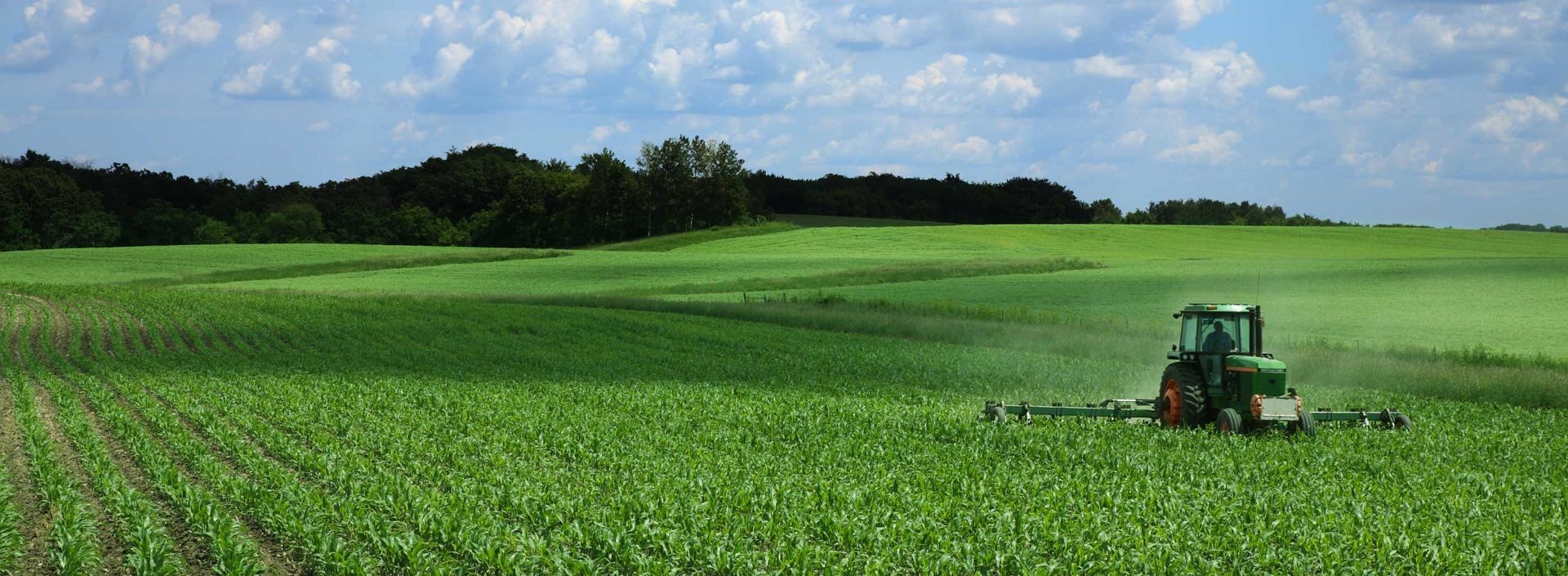The Future of Sustainable Agriculture: Technologies and Technologies
Wiki Article
Enhance Agricultural Productivity With High-Quality Water Soluble Polymers
These polymers use an array of benefits that can revolutionize conventional farming methods, from enhancing water retention and effectiveness to enhancing soil structure and nutrient shipment systems. By harnessing the power of ingenious polymer solutions, farmers can potentially open new paths in the direction of attaining higher crop yields while mitigating environmental effects.
Benefits of Water-Soluble Polymers
Water-soluble polymers provide a wide range of benefits in agricultural applications because of their improved water retention residential properties and capability to enhance soil framework. Agriculture. These polymers, when contributed to the dirt, can dramatically increase water holding capacity, decreasing the regularity of irrigation needed by plants. By creating a gel-like substance when combined with water, water-soluble polymers develop a storage tank that slowly releases wetness to plant roots, making sure an extra constant water supply throughout dry spellsFurthermore, these polymers help in stopping soil disintegration by binding dirt particles with each other, thereby boosting soil structure and security. Improved dirt structure enables better origin penetration and aeration, promoting healthier plant development and higher plant yields. Water-soluble polymers also aid in nutrient retention by minimizing leaching, ensuring that vital nutrients continue to be offered to plants for a longer period.
Improved Water Retention and Performance
Enhancing agricultural water retention and effectiveness with the incorporation of sophisticated polymer innovations has actually come to be a critical emphasis in modern-day farming techniques. Water-soluble polymers play a vital function in boosting soil framework, enhancing water seepage, and decreasing water dissipation rates. By forming a slim film on the soil surface, these polymers aid to avoid water runoff and raise the soil's water-holding capacity, making certain that plants have accessibility to an ample water.Moreover, making use of high-quality water-soluble polymers can significantly reduce the frequency of watering, as they improve the dirt's ability to retain dampness for longer periods. This not only conserves water however also minimizes the power and labor prices connected with watering methods. In addition, improved water retention and effectiveness result in far better nutrient uptake by plants, resulting in boosted crop returns and overall agricultural performance.
Improved Nutrient Delivery Equipment
Given the substantial impact of high-quality water-soluble polymers on boosting water retention and efficiency in agriculture, the emphasis currently shifts in the direction of optimizing nutrient distribution systems to better improve plant development and return. Enhanced nutrient distribution systems play a crucial duty in making sure that plants receive the necessary nutrients in a form that is conveniently available for uptake, advertising their overall wellness and efficiency. By incorporating water-soluble polymers right into nutrient delivery systems, the performance of nutrient uptake by plants can be substantially improved.One trick benefit of making use of top directory notch water-soluble polymers in nutrient shipment systems is their capacity to control the launch of nutrients, making sure a regulated and steady supply to plants over an extensive duration (Agriculture). This regulated release mechanism helps stop nutrient leaching and runoff, thereby taking full advantage of nutrition usage by crops and decreasing environmental impact

Dirt Structure Optimization Strategies
Optimizing dirt structure is paramount in modern-day agriculture for taking full advantage of crop returns and promoting lasting land management techniques. Dirt structure optimization strategies play an essential role in ensuring that soil gives an ideal environment for plant development. One vital method is the enhancement of raw material, such as garden compost or manure, which assists improve dirt structure by improving its water-holding capacity and nutrient retention.Furthermore, exercising minimum tillage or no-till farming can protect against dirt compaction and promote the development of a healthy soil structure. Cover cropping is one more reliable technique that involves planting crops especially to shield and boost the soil, preventing disintegration and boosting dirt structure.
In addition, applying plant rotation strategies can aid damage bug and illness cycles, while likewise boosting dirt structure via the varying origin frameworks of various plants. On the whole, employing these dirt framework optimization strategies can lead to enhanced agricultural productivity, go to my site reduced environmental influence, and long-lasting sustainability in farming techniques.
Sustainable Solutions for Crop Returns

To address the obstacles of making best use of crop yields while advertising sustainable land monitoring techniques, checking out lasting options becomes important in contemporary agriculture. One lasting service for boosting crop returns is the use of accuracy farming techniques.
Additionally, promoting plant rotation and cover chopping can assist preserve dirt health, decrease disintegration, and boost nutrient biking, eventually contributing to greater yields over time. Integrated parasite monitoring techniques likewise play a key duty in lasting crop production by reducing the reliance on chemical pesticides and promoting all-natural pest control methods.
Additionally, spending in research study and development for creating drought-resistant crop selections and climate-resilient farming techniques can assist minimize the influence of environment change on farming while making certain constant yields despite ecological challenges. By taking on these sustainable solutions, farmers can attain higher crop returns while guarding the health and wellness of the land for future generations.
Final Thought
To conclude, making use of top quality water-soluble polymers in agriculture provides many benefits such as enhanced water retention, enhanced nutrient distribution systems, and enhanced dirt framework. By applying lasting options for crop returns, farmers can dramatically raise farming productivity and performance. Agriculture. Water-soluble polymers provide a affordable and eco pleasant method to improve the overall performance of farming techniques, resulting in far better results for both farmers and the environmentThese polymers provide an array of advantages that can reinvent standard farming techniques, from improving water retention and effectiveness to enhancing soil structure and nutrient delivery systems.Furthermore, these polymers help in preventing see here dirt erosion by binding dirt bits together, consequently improving dirt structure and security. By developing a slim film on the soil surface, these polymers assist to prevent water runoff and raise the soil's water-holding capability, guaranteeing that plants have access to an ample water supply.
Dirt framework optimization techniques play an important role in making sure that dirt gives an optimal environment for plant growth.In final thought, the usage of high-quality water-soluble polymers in farming supplies many advantages such as better water retention, improved nutrient delivery systems, and maximized soil structure.
Report this wiki page